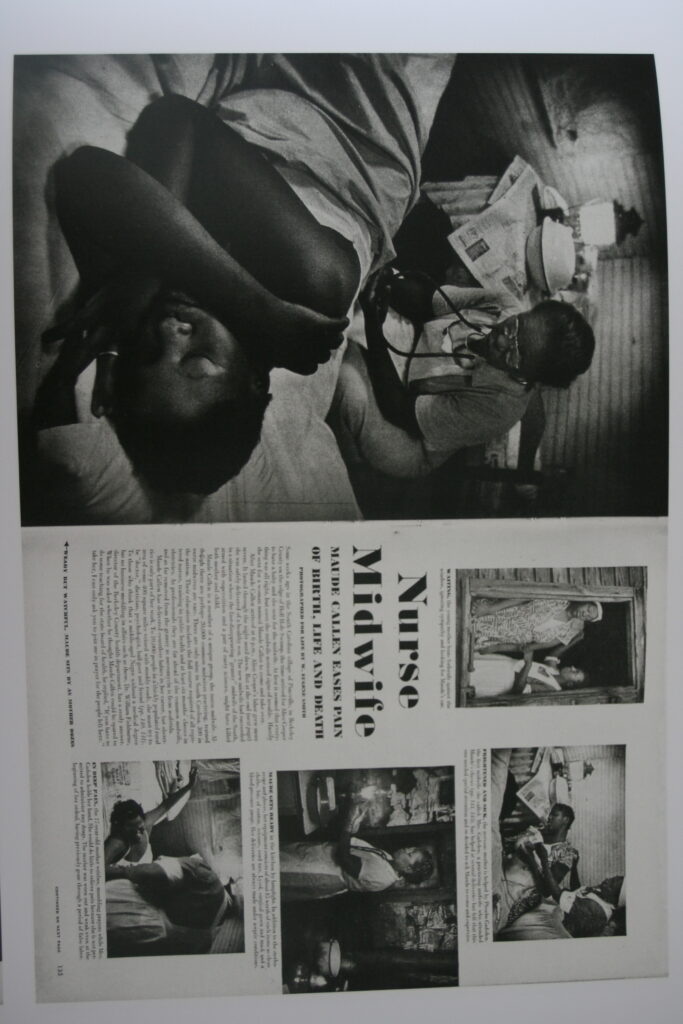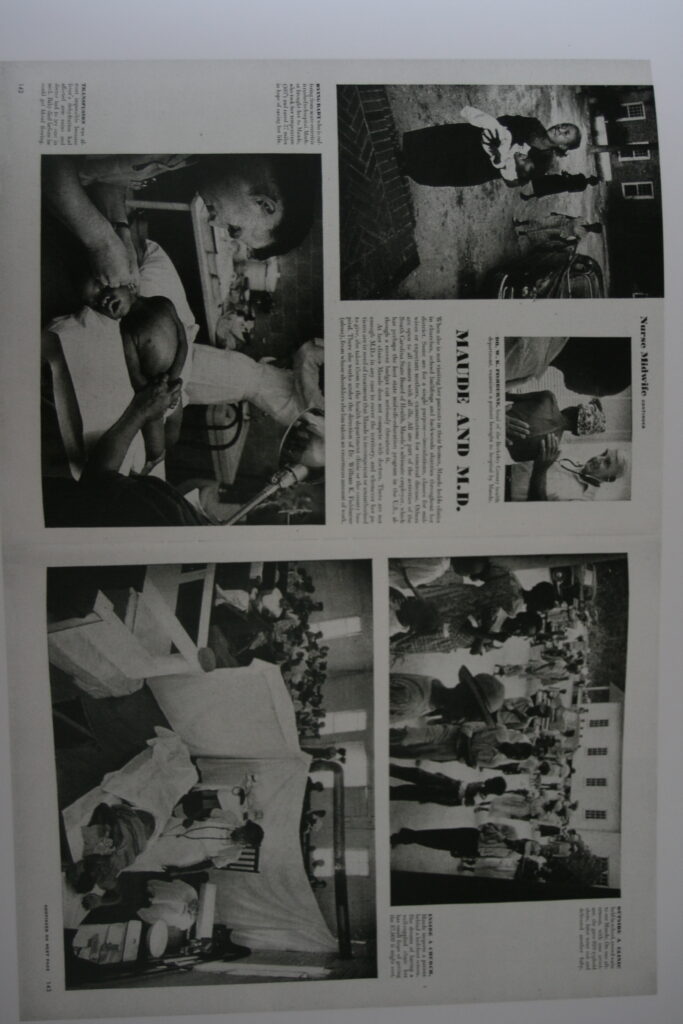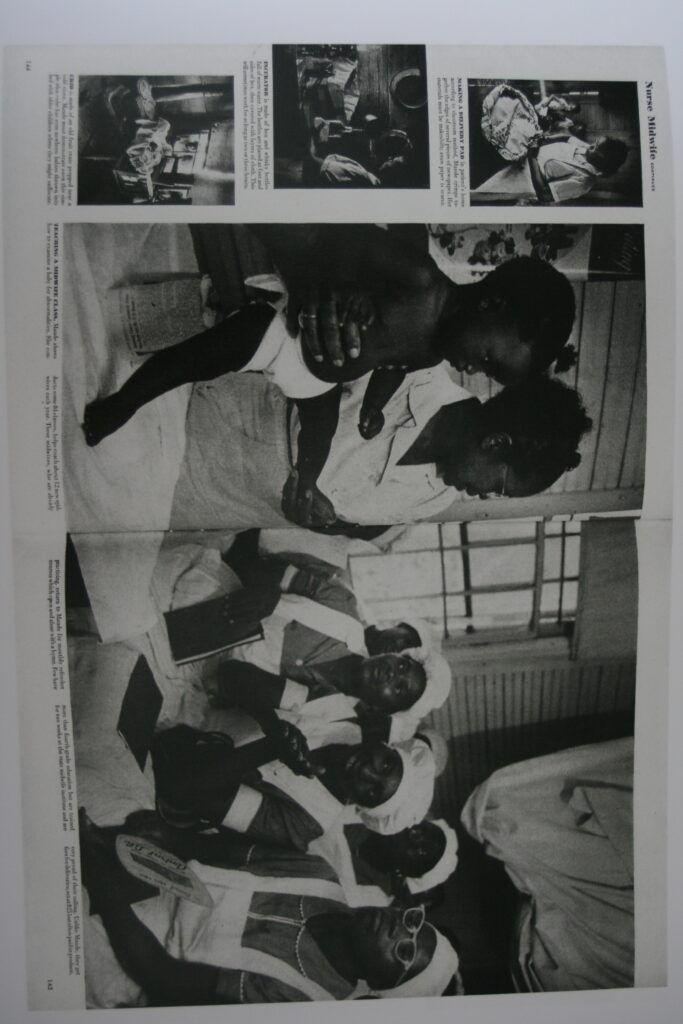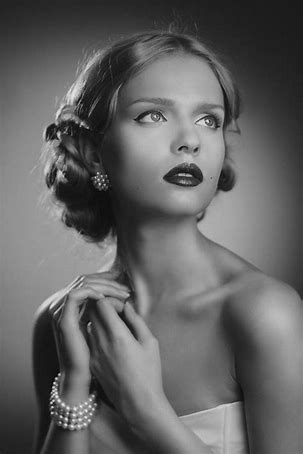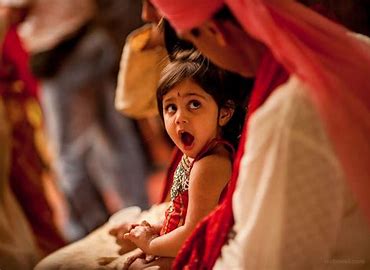


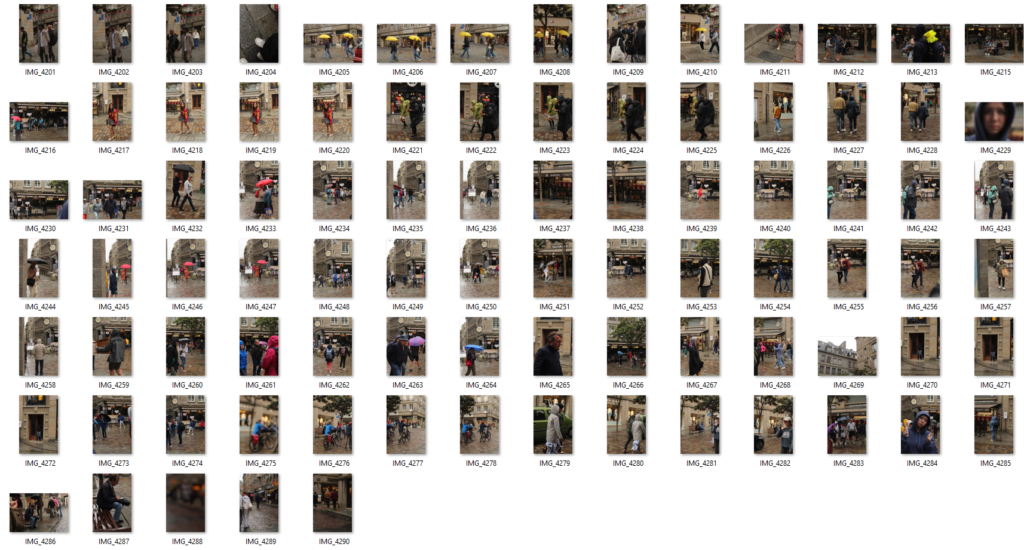
For this photoshoot, I focussed on street photography while exploring St. Malo. I took photographs of buildings, beaches, people and more. I tried to focus on on the people around the town, capturing there lives and what was happening in the moment.
I was inspired by Henri Cartier Bresson and his work on the decisive moment. A lot of my photos are taken in a similar way to him and the outcome is also similar. I found while taking the photos that it was a really good way to capture a beautiful image as the majority of the time, people aren’t interacting with the camera and the photos aren’t staged, they are the raw moments of someone’s life. When Henri Cartier Bresson said his photography was ‘like hunting but without the killing’, I found this to be very accurate.
In my photoshoot, other than than photographs of people, I was able to take good images of buildings. These buildings included structures from a long time ago, showing the history of the town whether it was a big building block or a small old café. I think those images turned out well as it showed the beauty of the town while still having more modern structure as well. As it had both, I was able to take images that show the comparison of buildings.
I also captured landscapes of the beach which made for some really good photos. In these images, I was able to show the sand, sea, sea walls and sea structures further out in the ocean. I think it was a really good location as there was different photograph opportunities of just one beach.












